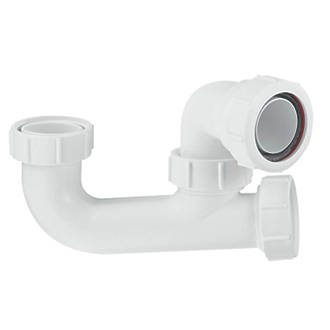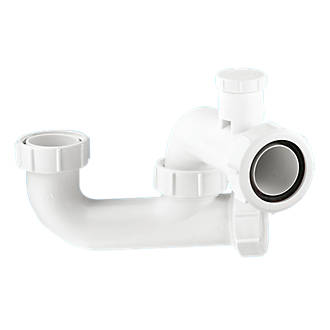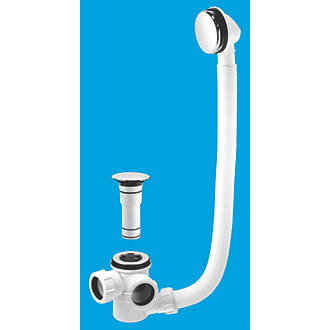How much clearance do I need for a bath waste and trap? I really can't have the bath waste and trap lower than the floor as I will have issues with getting the pipe to the outside as there is a first floor roof that I cannot cut into.
One possibility is to raise the bath on an inch of wood to get extra clearance - or should that be avoided?
One possibility is to raise the bath on an inch of wood to get extra clearance - or should that be avoided?





